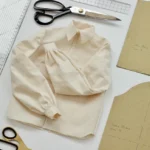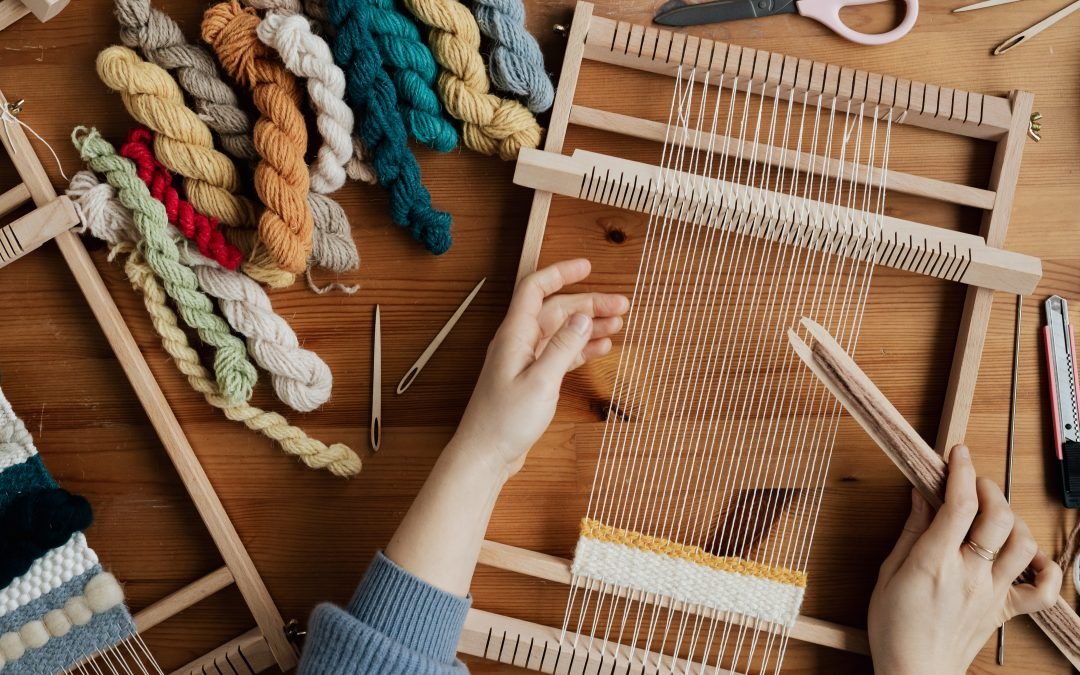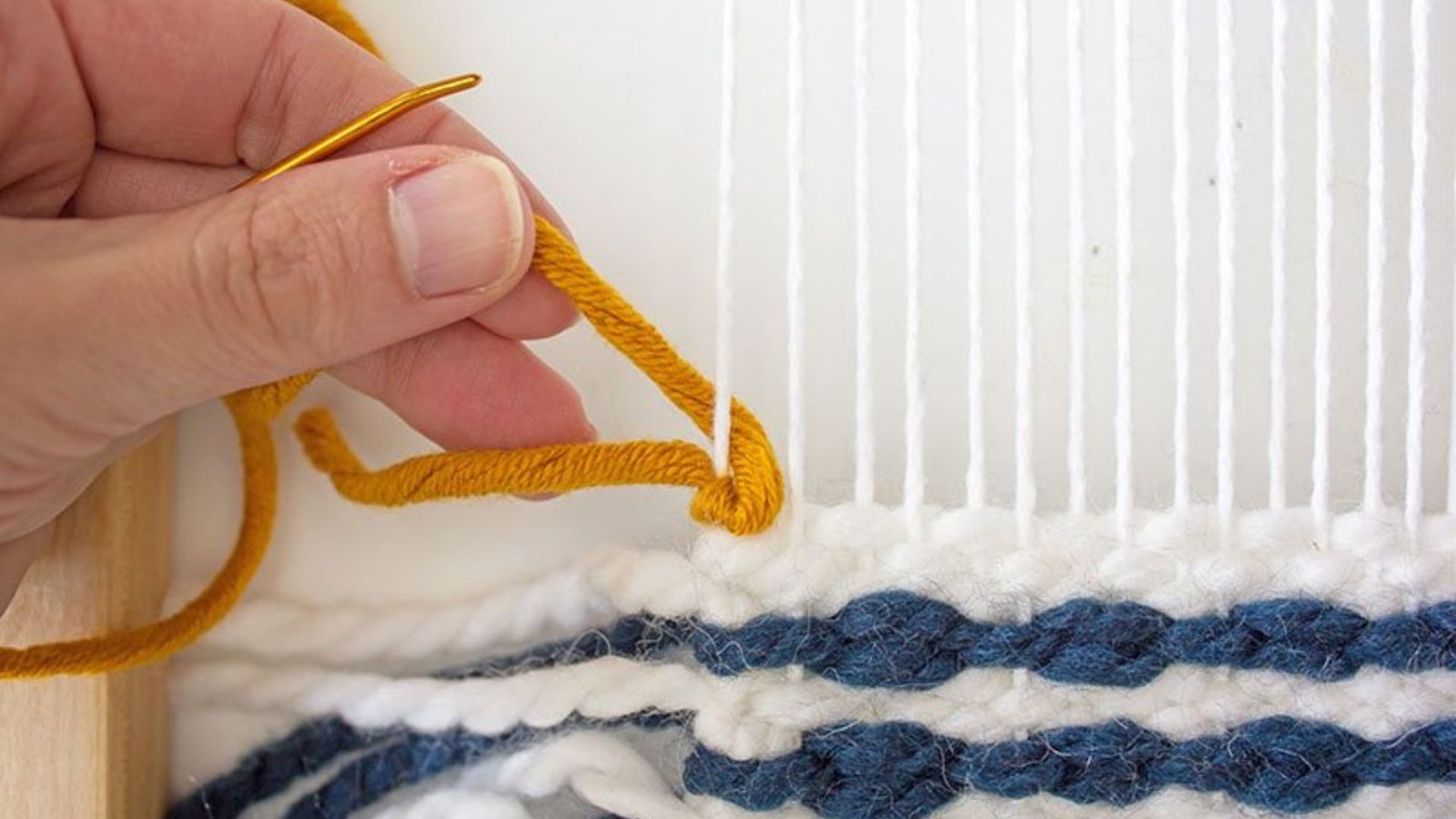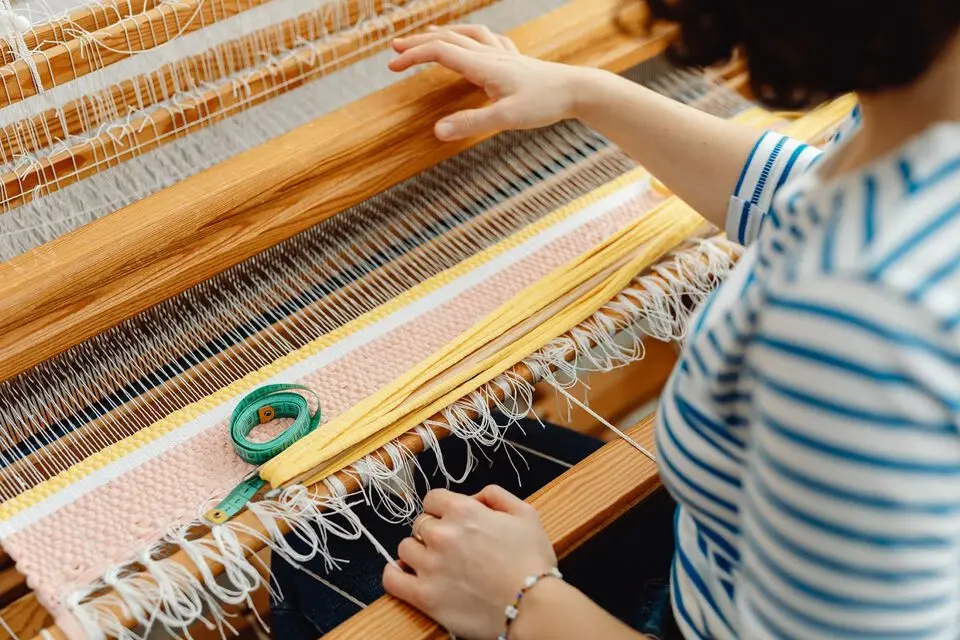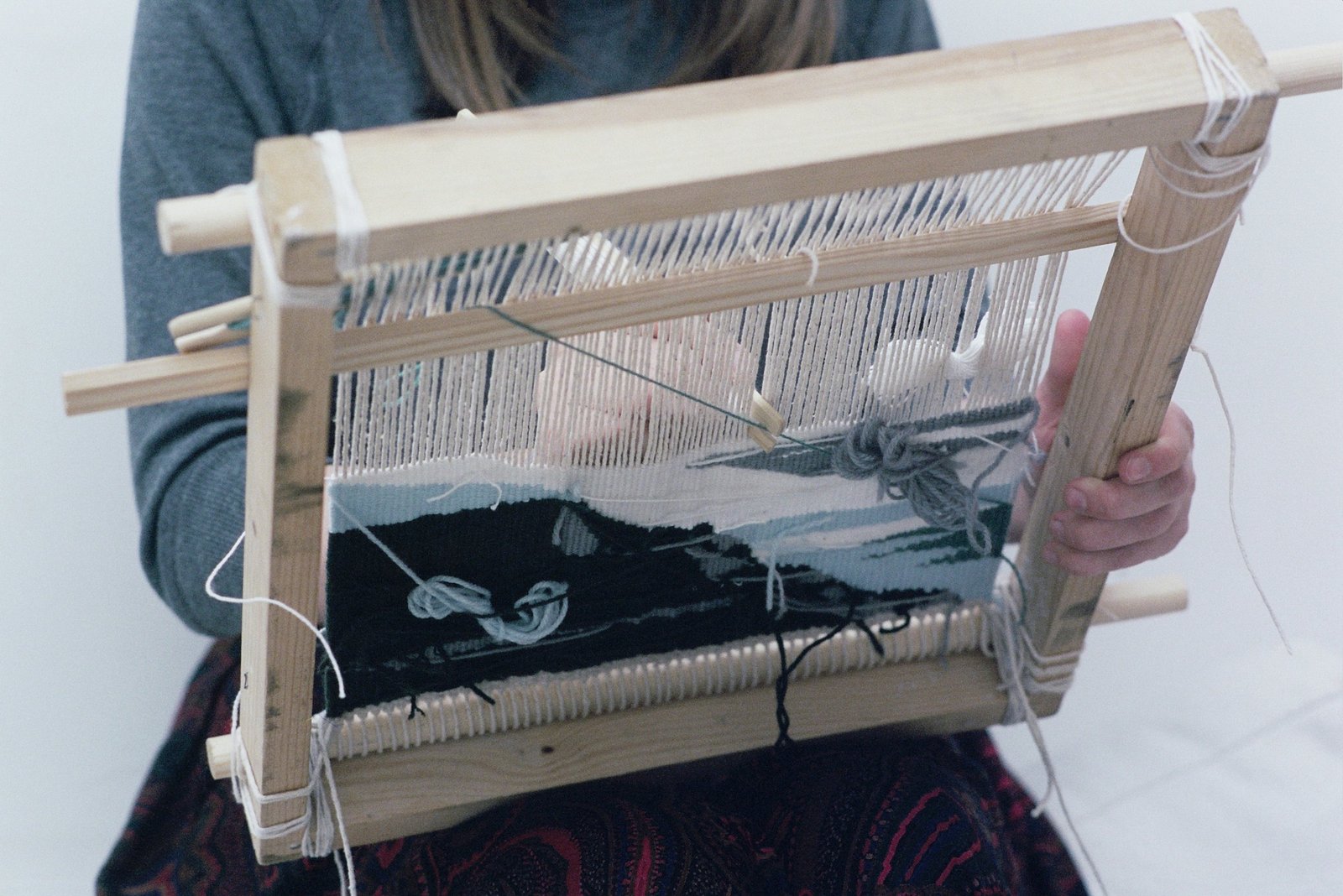In a world dominated by technology, hand weaving stands as a timeless craft with unique benefits. Despite the rise of digital innovations, hand weaving continues to offer significant advantages. From artistic expression to sustainability, this ancient technique remains relevant and valuable in today’s fast-paced society.
1. Preservation of Tradition and Artistry
Firstly, hand weaving preserves cultural heritage and artistic tradition. Each weave reflects a rich history and cultural significance that modern technology often overlooks. Traditional weaving techniques, passed down through generations, contribute to the preservation of unique artistic expressions. For example, the intricate patterns in Native American blankets or Japanese kimonos tell stories of cultural heritage and craftsmanship.
Moreover, hand weaving allows artisans to connect with their ancestors’ skills and techniques. By practicing traditional methods, weavers maintain a living link to historical art forms. This connection fosters a deep appreciation for the craftsmanship involved in creating beautiful textiles.
2. Unique and Customized Products
In contrast to mass-produced textiles, hand weaving offers unparalleled uniqueness and customization. Each piece of hand-woven fabric is distinct, reflecting the weaver’s individual touch. From custom designs to one-of-a-kind patterns, hand weaving allows for a high degree of personalization. For example, a hand-woven rug can feature unique patterns and colors tailored to a specific room’s decor.
Additionally, the ability to create bespoke textiles means that hand weavers can cater to niche markets and individual preferences. This customization provides a sense of exclusivity that digital manufacturing cannot easily replicate. Thus, hand-woven items often hold sentimental and aesthetic value beyond their functional use.
3. Sustainable and Eco-Friendly Practices
Hand weaving is inherently more sustainable than many modern manufacturing processes. It typically uses fewer resources and generates less waste. Hand weavers often work with natural fibers and eco-friendly dyes, reducing the environmental impact of their products. For example, weaving with organic cotton or recycled fibers minimizes the ecological footprint associated with textile production.
Moreover, the use of traditional hand weaving techniques promotes sustainability by emphasizing quality over quantity. Hand-woven items are designed to last, reducing the need for frequent replacements and contributing to a more sustainable lifestyle. This contrasts sharply with the fast fashion industry, which often prioritizes speed and volume over environmental considerations.
4. Therapeutic and Mindful Practice
Hand weaving offers therapeutic benefits that digital activities may not. The process of weaving requires focus and patience, promoting mindfulness and relaxation. Many weavers find the repetitive nature of the craft to be meditative and calming. This mindful practice can serve as a valuable counterbalance to the stresses of modern life and the constant influx of digital stimuli.
Additionally, the act of creating something with one’s hands provides a sense of accomplishment and satisfaction. Crafting hand-woven textiles allows individuals to engage in a creative process that is both fulfilling and rewarding. This hands-on experience fosters a deeper connection to the finished product, enhancing its value and significance.

5. Support for Local Artisans and Communities
Hand weaving supports local artisans and their communities. By choosing hand-woven products, consumers contribute to the livelihoods of skilled weavers and support traditional crafts. This support helps sustain local economies and preserves artisanal skills that might otherwise be lost. For instance, buying hand-woven textiles from a local artisan not only promotes traditional craftsmanship but also strengthens community ties.
Furthermore, investing in hand-woven goods fosters a more ethical and transparent supply chain. Consumers can trace the origin of their products and feel confident that their purchase supports fair labor practices and sustainable production.
Conclusion
In summary, hand weaving offers numerous benefits even in a digital age. It preserves tradition, provides unique and customized products, promotes sustainability, and supports artisans. By appreciating and supporting hand weaving, we embrace a craft that enriches our lives and environment in meaningful ways. In a rapidly changing world, hand weaving remains a cherished and relevant art form.





